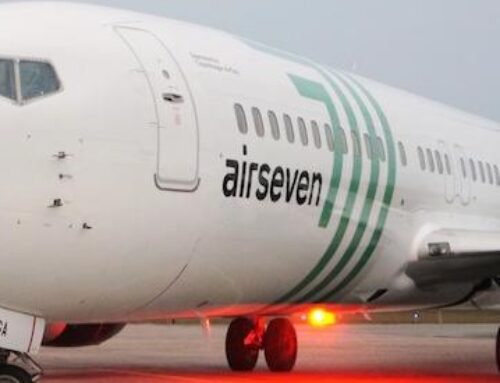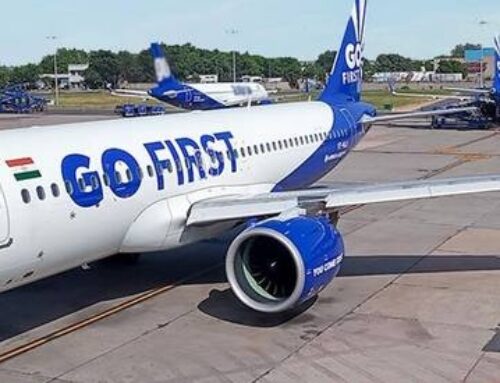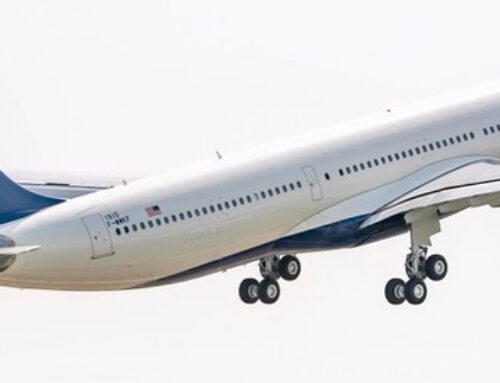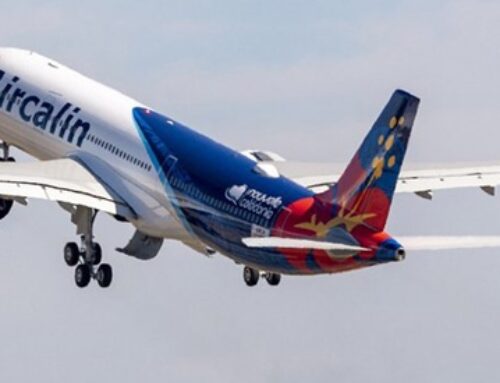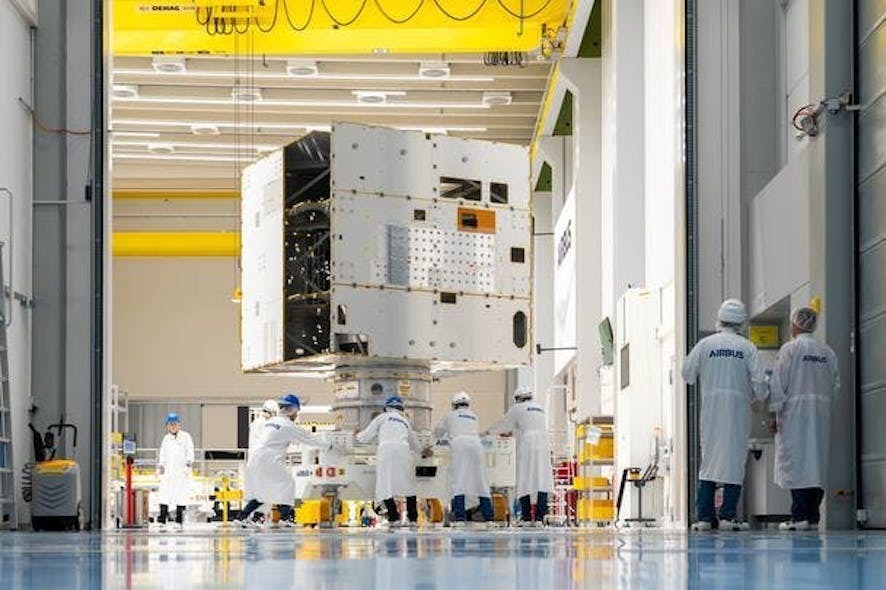
The European Space Agency (ESA) has officially announced that the Galileo satellite navigation system now meets the stringent civil aviation standards required for all flight phases, from takeoff to landing. This achievement marks a significant milestone for Galileo, aligning it with the safety-of-life operations standards set by the International Civil Aviation Organization (ICAO), which dictate the reliability of systems where failure could result in catastrophic outcomes.
Initially, Galileo was not designed to adhere to ICAO’s stringent regulations, as Europe already benefits from the European Geostationary Navigation Overlay Service (EGNOS), which enhances the precision of the US Global Positioning System (GPS) to within 1.5 meters and has been compliant for safety-of-life operations since 2011.
Galileo represents the European Commission’s effort to establish independence from the GPS system, and its application in civil aviation was a foreseeable development. EGNOS’s augmentation is necessary for critical phases like takeoff and landing, raising questions about Galileo’s reliability. ESA has addressed these concerns by noting that only a handful of incidents have ever surpassed ICAO’s standards, each affecting no more than a single satellite at a time.
Despite a notable service degradation in 2019 that resulted in inaccurate positioning data, ESA’s recent communications highlight the adjustments made to the ground segment to ensure compliance with ICAO standards, without necessitating changes to the satellite infrastructure. According to Stefan Wallner, head of the Galileo Signal-in-Space Engineering Unit, these enhancements were achieved through software updates in the ground segment, enhancing monitoring and notification capabilities.
With ICAO’s endorsement in March 2023, Galileo now joins GPS in supporting non-critical flight phases, with EGNOS’s future augmentation still expected for landing operations. This development raises questions about the original design considerations for Galileo, especially since the first GPS launch was in 1978, and Galileo’s began in 2011. Looking forward, the second generation of Galileo, developed alongside EGNOS v3 capable of augmenting both GPS and Galileo, promises even greater precision and reliability for aviation and beyond.
Sources: AirGuide Business airguide.info, bing.com, theregister.com

